- full price € 15 at the box office - € 14 online
- reduced price € 12 at the box office - € 11 online
for young people aged between 18 and 25 (not yet turned 25); for groups of 15 people or more; La Galleria Nazionale, Museo Ebraico di Roma ticket holders; upon presentation of ID card or badge: Accademia Costume & Moda, Accademia Fotografica, Biblioteche di Roma, Centro Sperimentale di Cinematografia, Enel (for badge holder and accompanying person), FAI – Fondo Ambiente Italiano, Feltrinelli, Gruppo FS, IN/ARCH – Istituto Nazionale di Architettura, Sapienza Università di Roma, LAZIOcrea, Palazzo delle Esposizioni, Amici di Palazzo Strozzi, Accademia Nazionale di Santa Cecilia, Scuola Internazionale di Comics, Teatro Olimpico, Teatro dell’Opera di Roma, Teatro di Roma, Università degli Studi di Roma Tor Vergata, Youthcard; upon presenting at the ticket office a Trenitalia ticket to Rome purchased between 27 November 2024 and 21 April 2025
- open € 18
valid for one year from the date of purchase
- free
minors under 18 years of age; upon presentation of disability card or accompanying letter from hosting association/institution for: people with disabilities and accompanying person, people on the autistic spectrum and accompanying person, deaf people, people with cognitive disabilities and complex communication needs and their caregivers, people with serious illnesses and their caregivers, guests of first aid and anti-violence centres and accompanying operators, residents of therapeutic communities and accompanying operators; EU Disability Card holders and accompanying person; MiC employees; myMAXXI cardholders; registered journalists with a valid ID card; European Union tour guides and tour guides, licensed (ref. Circular n.20/2016 DG-Museums); 1 teacher for every 10 students; AMACI members; CIMAM – International Committee for Museums and Collections of Modern Art members; ICOM members; journalists (who can prove their business activity); European Union students and university researchers in art history and architecture, public fine arts academies (AFAM registered) students and Temple University Rome Campus students from Tuesday to Friday (excluding holidays); IED – Istituto Europeo di Design professors, NABA – Nuova Accademia di Belle Arti professors, RUFA – Rome University of Fine Arts professors; upon presentation of ID card or badge: Collezione Peggy Guggenheim a Venezia, Castello di Rivoli Museo d’Arte Contemporanea, Sotheby’s Preferred, MEP – Maison Européenne de la Photographie; on your birthday presenting an identity document
Casa Balla | until 27 April 2025
- full price ticket € 18
- reduced price ticket € 15
for groups of 12 people in the same tour; myMAXXI membership card-holders; registered journalists with valid ID
- reduced price ticket € 12
under 14 years of age
- free ticket
disabled people + possible accompanying person; minors under 3 years of age (ticket not required)
Collection
MAXXI’s Collection of Art and Architecture represents the founding element of the museum and defines its identity. Since October 2015, it has been on display with different arrangements of works.




















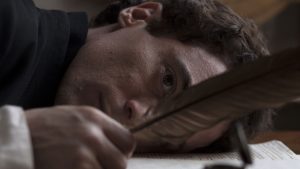









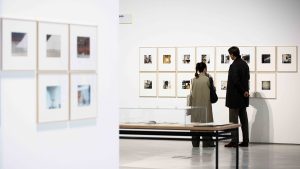






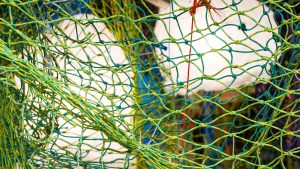




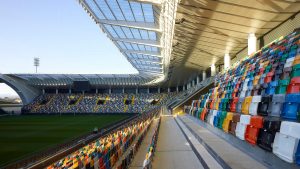




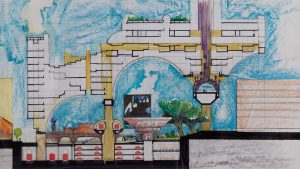



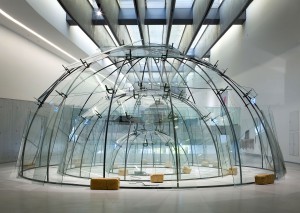













Carlo Scarpa Hall
curated by Giulio Cappellini and Domitilla Dardi
A trip from the North to the South of the globe through the projects of eight international designers
For the third and conclusive chapter of Local Icons. Urban landscapes / North-South the designers Form Us With Love, Great Things to People, Gustavo Martini, Steven Haulenbeek, Marc Thorpe, Liliana Ovalle, Seck + Birsel, Ilkka Suppanen explore the urban landscape, fusing the ideal with real life.
Two very different parts of the world come together to dialogue about the city, understood not only as a collection of monuments and buildings, but as a landscape composed of natural elements, inhabited by a community of people who condition it with their way of life. What emerges is a portrait of cities with an environmental rather than touristic dimension, composed of the observations and emotions of those intimate with the places as citizens as well as designers.
Once again Alcantara® is the medium of choice for communicating to the public the designs and the visions of the designers; in this case tackling an unprecedented scale for this material: that which goes beyond the confines of the object and takes on the grand dimensions of the urban landscape.
FORM US WITH LOVE. Stockolm / Swedish Classics X Alcantara
GREAT THINGS TO PEOPLE. Santiago de Chile / Geography of Integration
GUSTAVO MARTINI. Rio de Janeiro / Altinha
STEVEN HAULENBEEK. Chicago / City of the Big Shoulders
MARC THORPE. New York / Active/Passive
LILIANA OVALLE. Mexico City / Underlay overlay
BIRSEL + SECK. Dakar / Yere Wolof
ILKKA SUPPANEN. Helsinki / Right to Roam